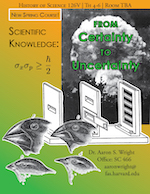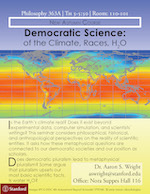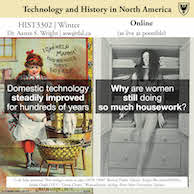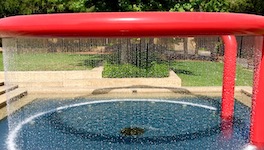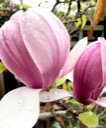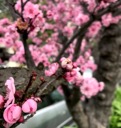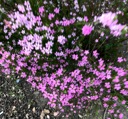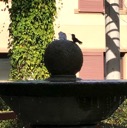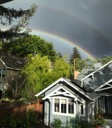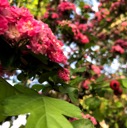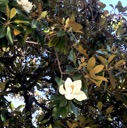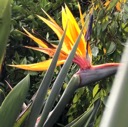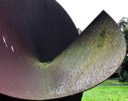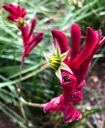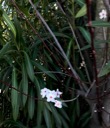Dr. Aaron Sidney Wright
History and Philosophy of Science and Technology
Welcome!
Welcome to the personal website of Dr. Aaron Sidney Wright. I am an Assistant Professor in the Department of History at Dalhousie University, in Halifax, Mi'kma'ki (Nova Scotia); I also teach in Dal's Faculty of Computer Science and in the Department of the History of Science and Technology at the University of King's College.
Please use this site to learn about my research, my teaching, and more about me.
Research
Theoretical Physics in Your Face!
After many years of collaboration with Diana Coleman and Dave Kaiser, Theoretical Physics in Your Face! Selected Correspondece of Sidney Coleman is now available from World Scientific. The collection provides insight into Coleman's working life in theoretical elementary particle physics, teaching at Harvard University, and engagement with the counter culture and science fiction. Coleman was a gifted writer and could be quite funny. Many of the letters had us laughing out loud.
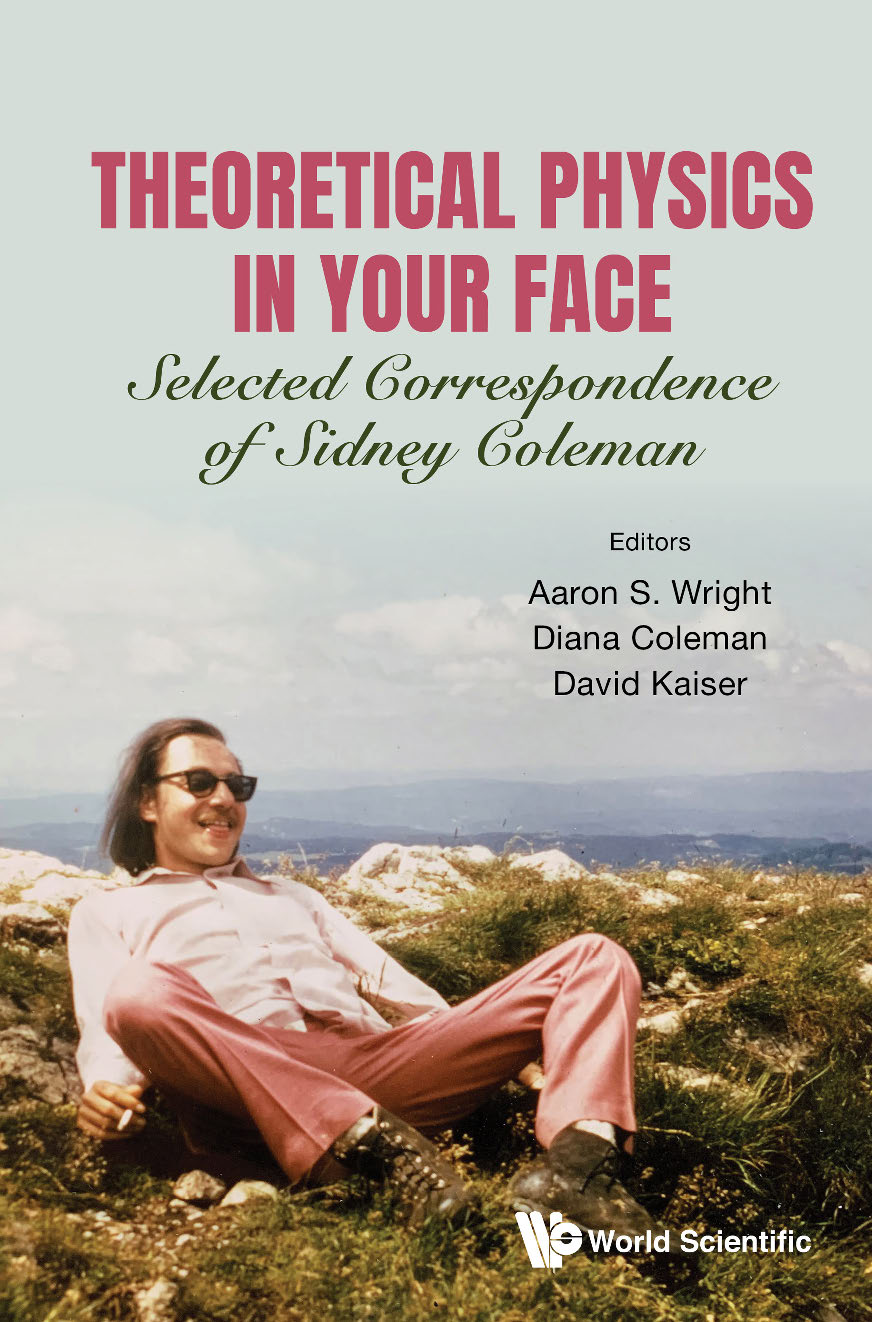
Nuclear Canada
My current research examines the history of uranium mining in Canada, specifically on Dene, Cree, and Métis territory in Northern Saskatchewan. Currently, uranium from this territory forms all of Canada's uranium exports, which rank #2 in global production. Current and future uranium extraction is surrounded by 37 abandoned uranium mines and mills. Historical mining is felt in the present including in thousands of tonnes of radioactive waste; in the legacies of corporate, government, and university administration; and in scientific knowledge and regulations that constrain and enable new uranium developments. I use the tools of history of science and technology to study the legacies of this mining, with a focus on how uranium activity shaped, and was shaped by, Canada's colonial occupation of Indigenous territory.
Humanities and Computing
My research on uranium mining led me to consider the history of radiation health data. One question I ask is "who counts?" Which bodies get counted when global standards for radiation protection are established? Another question is about the scientific practices of data analysis. How to epidemiological practices like data linkage intersect with Canada's colonial data regestries? This research analyzes the pre-history of today's "Big Data" infrastructure. I am also exploring the possibility of using digital tools, such as text data analytics, to analyze the historical archives of uranium production.
Earlier, in a history of "Landauer's Principle" in information theory, I analyzed how how computer memory came to forget (pdf). I was interviewed about this work in the June 2021 edition of the Communications of the ACM.
Science, Beauty, Aesthetics, Diagrams
I write about: mathematical beauty (pdf); how to draw black holes (pdf). After Roger Penrose shared the 2020 Nobel Prize in physics, I was interviewed about his work in Physics Today.
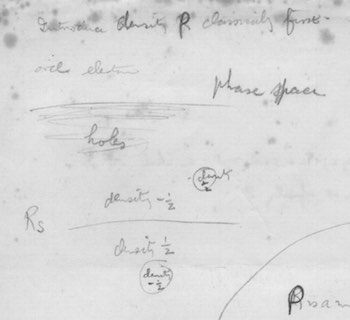
Online CVs / Citations
Here are my ORCiD and Google Scholar pages.
Teaching
At Dalhousie and King's, I teach a range of courses from large introductory humanities courses for computer science students to seminars in the history of Canadian science and technology. In my classes, students develop their understanding of the relationships between, science, technology, computing and society—including feminism, antiracism, and reconciliation.
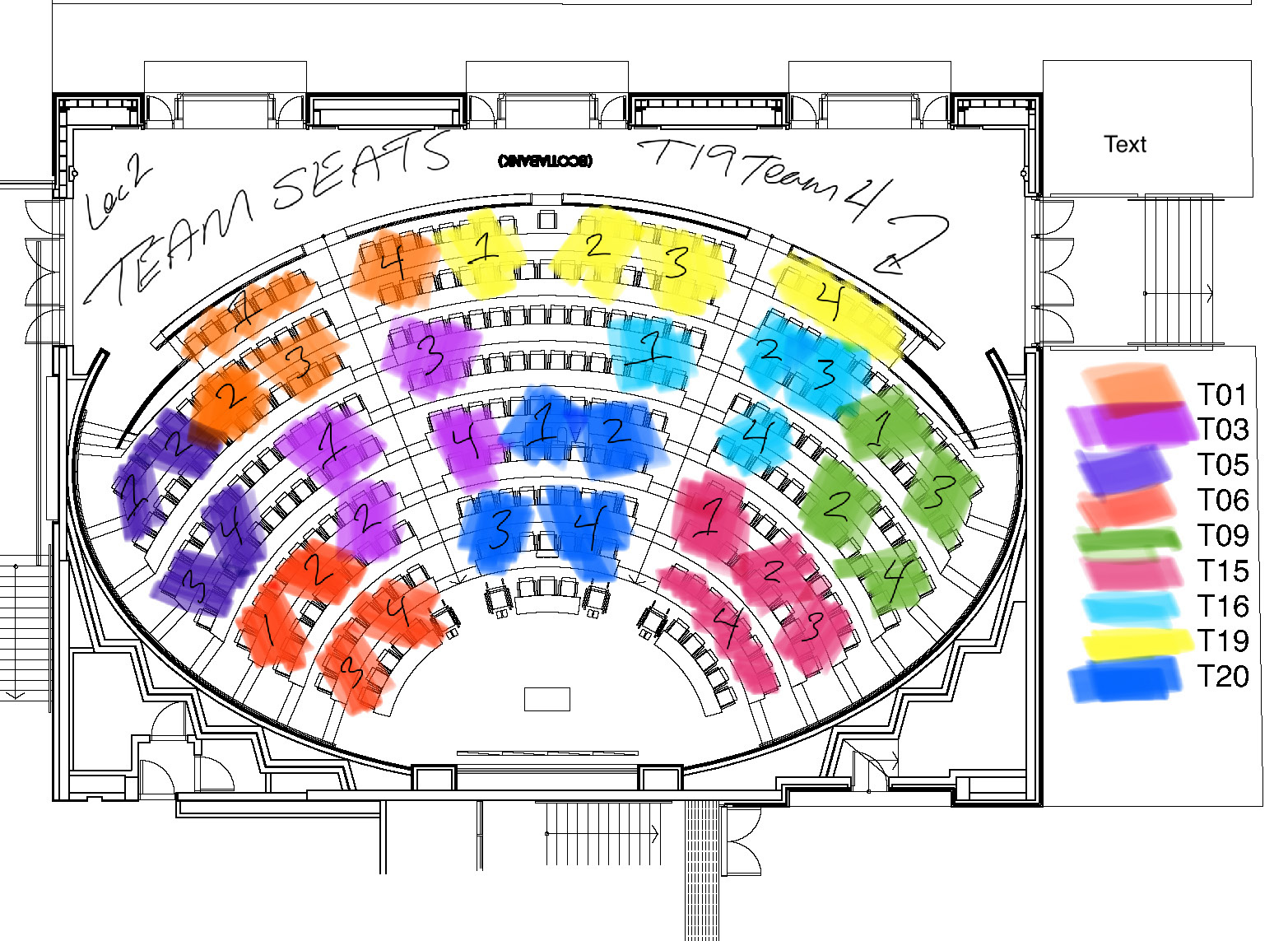
In large lecture halls, I work to build community among students, teach critical skills, and maintain engagement at scale. In "Computing and Society in History" (250 first-year Computer Science students) I adapted Team-Based Learning for a writing classroom. (U Texas-Austin has a nice intro to TBL.) Students were divided into 9 tutorial sections, subdivided into permanent teams of 6 to 7 students. I scale peer-review activities using UBC's excellent ComPAIR software.
Course poster gallery
About me
Before coming to Halifax in 2018, I was a Postdoctoral Scholar at the Suppes Center for History and Philosophy of Science at Stanford University. Before that, I was Lecturer and a SSHRC Postdoctoral Fellow at the Department of History of Science at Harvard University. I received my PhD from the Institute for the History and Philosophy of Science and Technology at the University of Toronto in 2014, also with support from SSHRC. As an undergraduate, I studied both physics and history in the BA&Sc program at McGill University.
Outside academia, I enjoy photography. Here are some pictures I took with my phone while walking around Stanford and Palo Alto:
I have won one gold medal for downhill skiing (slalom). The medal is shaped like a chocolate bar.
- Date modified:
